Thymus praecox is a low-growing perennial with fairly minimal requirements. An evergreen with lightly haired foliage, this tiny-growing creeping thyme varietal — rarely over 3 inches or 7.5 cm. — will appear in low, dense mats, which sprawl randomly and quickly fill in areas as a ground cover. Creeping thyme is edible with a flavor and aroma akin to mint when crushed or steeped for teas or tinctures. Although this ground cover prefers well-drained lightly textured soils, it will grow quite well in less than desirable medium and thrive from full sun to light shade environments.
Description from gardeningknowhow.com
Home > Plant Guide >
Scientific Name
Family
Garden Type
Wildlife
Native Plant Region
Light needs
Water Needs
Plant Type
Bloom Color(s)
Height
Width
Months in Bloom
Safe Beneath Power Lines?
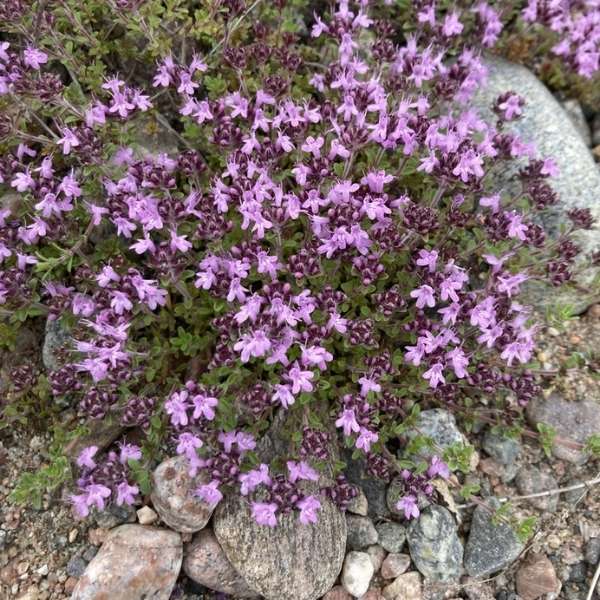
We’d like to maintain accurate and robust plant listings. If you see information that is not correct or that could be added to improve the listing, please let us know. Or if you’d like to suggest a plant to add to our plant guide, you can use this form do so. Thank you!
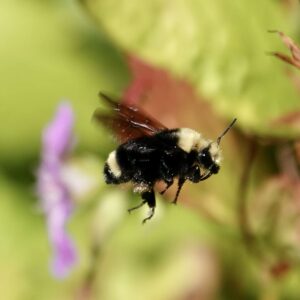
Look closer…and meet the local insects that pollinate the plants around your Seattle neighborhoods. Learn about some of our amazing native pollinating insects.
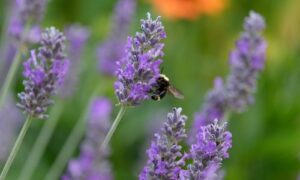
Check out our list of local wildlife-supporting plant stores and nurseries, organizations, and community science opportunities.
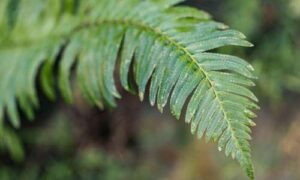
Despite the urban character and the high population density, a surprising diversity of life exists in Capitol Hill. Explore a few physical aspects of our urban ecosystems and meet some of its more-than-human residents.
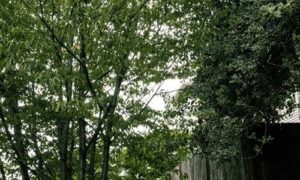
The plants, animals, fungi, microbes, and other natural features that make up “urban habitat” are important to the character, function, and livability of cities.

Gardeners can check out seeds for free from the library to plant. Then after harvest, gardeners bring seeds back to the library for others to enjoy in future growing seasons.

Learn about the diversity in pigeon populations in the United States and the implications of this variability on the species.
Nature of Your Neighborhood is a collaboration between Birds Connect Seattle, the Capitol Hill EcoDistrict, and the Seattle Bird Conservation Partnership. Our goal is to foster relationships between the people and the nature of their neighborhoods.